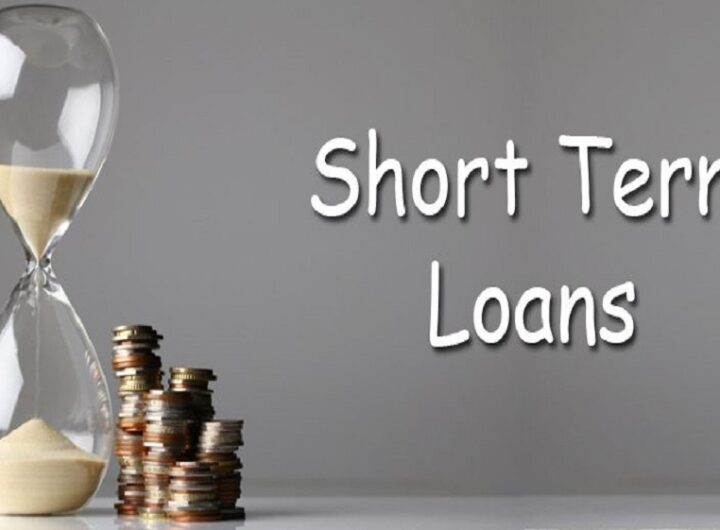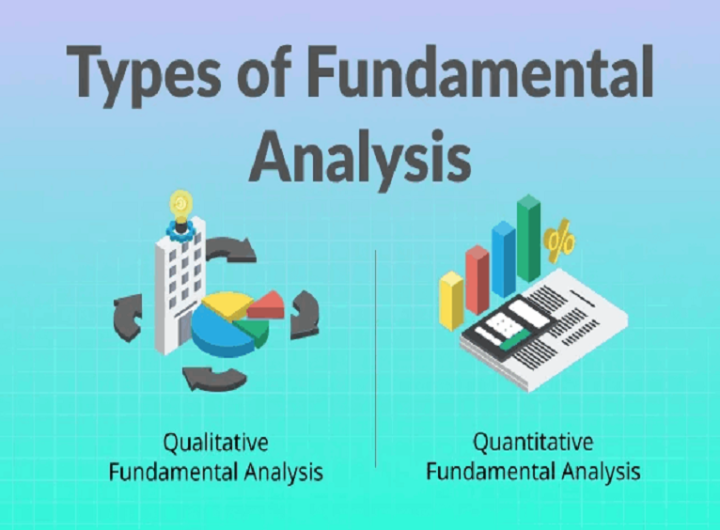
If you’ve ever dabbled in mutual funds, you might have come across the term ELSS Fund and wondered, “Why is everyone talking about it?” Well, ELSS — or Equity Linked Savings Scheme — is more than just another financial instrument. It’s a clever way for investors to grow wealth, save on taxes, and benefit from the equity markets, all at the same time.
But before you jump in, it helps to understand exactly how ELSS funds work, what makes them different from other funds, and why they’ve become a favorite among Indian investors looking for long-term growth. So, let’s take a walk through the world of ELSS, breaking it down in simple, conversational terms.
ELSS Funds: A Quick Overview
At its core, an ELSS fund is an equity mutual fund with a tax-saving twist. That means your money is invested primarily in stocks — which gives it growth potential — but you also get the benefit of tax deductions under Section 80C of the Income Tax Act.
Here’s the thing: most of us are familiar with fixed deposits or PPFs when it comes to tax saving. Those are safe, yes, but the returns are often modest. ELSS funds, on the other hand, give you the chance to tap into the equity market — historically one of the highest-returning asset classes — while also saving on taxes.
The Lock-in Period: Patience Pays Off
One unique feature of ELSS funds is the lock-in period. Once you invest, your money is locked in for three years — no withdrawals allowed.
Now, three years might sound like a long time when you first hear it, but here’s the perspective: in equity investing, three years is almost like a warm-up period. Markets fluctuate day-to-day, and even month-to-month, but over three years, the chances of your investment performing reasonably well increase significantly.
This lock-in forces discipline. Many investors struggle to stay invested long enough to benefit from compounding. ELSS funds naturally solve that problem — they give your money time to grow, without the temptation to pull out too soon.
Returns: What You Can Expect
The big question on everyone’s mind: what kind of returns can you expect from an ELSS fund? Well, it’s not a fixed number — because, as with any equity investment, returns depend on market performance.
Historically, ELSS funds have delivered annualized returns in the range of 12–15% over long-term horizons. That’s significantly higher than traditional tax-saving instruments like PPF or fixed deposits.
Of course, short-term performance can vary. Some years, the market might dip, and your fund might see a temporary decline. But over a 5- to 10-year period, equity-linked schemes have consistently outperformed most debt or fixed-income instruments.
Think of it this way: ELSS funds are designed for patient investors who are willing to ride out market ups and downs for potentially higher rewards.
Tax Benefits: Save While You Invest
The tax-saving aspect of ELSS funds is what makes them particularly appealing. Under Section 80C, you can claim a deduction of up to ₹1.5 lakh per financial year by investing in ELSS.
That’s like getting a “bonus” from the government for choosing to invest your money wisely. If you’re in the 30% tax bracket, that deduction can significantly reduce your tax liability.
Plus, there’s another advantage: the gains from ELSS funds, if held for more than three years, are considered long-term capital gains (LTCG) and are taxed at just 10% above ₹1 lakh in a financial year. Compare that to the higher taxes you’d pay on short-term gains or on some other equity instruments — it’s a very investor-friendly structure.
How ELSS Funds Work
So, how does all this actually play out? Let’s break it down:
- You Invest: You can invest in a lump sum or through a SIP (Systematic Investment Plan), which spreads your contributions over time. SIPs are particularly popular because they reduce the risk of timing the market incorrectly.
- Fund Allocates to Stocks: Your money is pooled with other investors’ money, and the fund manager invests it in a diversified portfolio of stocks across sectors.
- You Stay Invested During Lock-in: For three years, your money stays in the fund, growing (or occasionally dipping) according to market performance.
- Monitor Performance: Even though you can’t withdraw during the lock-in, you can still monitor your fund’s performance and plan future investments accordingly.
- After Lock-in: Once the lock-in period is over, you can redeem your units, switch to another fund, or continue investing for potentially higher long-term gains.
Why ELSS Funds Are Becoming Popular
So why are ELSS funds suddenly so popular among Indian investors? A few reasons stand out:
1. Tax Efficiency
As we mentioned earlier, the combination of 80C deduction and long-term capital gains tax makes ELSS a very tax-efficient investment. You’re not just saving taxes; you’re doing it in a way that can potentially create wealth.
2. Equity Exposure
For investors who are new to equities or hesitant to invest in direct stocks, ELSS funds provide a professionally managed, diversified route into the equity market. Your risk is spread across multiple companies and sectors, and experienced fund managers handle the stock-picking.
3. SIP Flexibility
Systematic Investment Plans allow investors to contribute small amounts regularly. Even ₹2,000 or ₹5,000 a month can grow significantly over 5–10 years. That makes ELSS accessible to a broad audience — from salaried employees to self-employed professionals.
4. Discipline Through Lock-in
Let’s face it — many investors struggle with discipline. They pull money out too soon, miss compounding, and wonder why their portfolio isn’t growing. ELSS funds solve that problem naturally with the mandatory three-year lock-in.
Risks to Consider
Of course, no investment is without risk. ELSS funds are equity-based, which means they’re exposed to stock market volatility. Some years might deliver exceptional returns, while others might be flat or negative.
The key is patience. Think long-term — five years or more — rather than focusing on yearly performance. Investors who try to time the market or chase short-term returns often end up disappointed.
Also, remember that past performance isn’t a guarantee of future results. Choosing a fund with a good track record, experienced fund managers, and a diversified portfolio is important.
How to Choose the Right ELSS Fund
- Look at Long-term Performance: Focus on 5-year or 10-year returns rather than 1-year spikes.
- Fund Manager Experience: A skilled fund manager can make a big difference in stock selection.
- Portfolio Diversification: Ensure the fund invests across multiple sectors and stocks.
- Expense Ratio: Lower expense ratios mean more of your money stays invested.
A little research goes a long way. Even though ELSS funds simplify investing, a thoughtful selection can amplify your returns significantly.
SIPs vs Lump Sum: Which Works Better?
Both approaches have their merits.
- SIP (Systematic Investment Plan): Reduces the risk of market timing, spreads out your investment, and instills discipline. It’s ideal for salaried investors or those who prefer steady contributions.
- Lump Sum Investment: Can be advantageous if the market is at a relatively lower point and you have a larger amount to invest. However, timing becomes crucial, and it can be riskier if markets fluctuate sharply.
For most beginners, SIPs are a safer, stress-free way to start.
The Emotional and Psychological Benefits
Here’s something many investors overlook: the psychological comfort of ELSS funds. Knowing that you’re saving taxes, building wealth, and investing in a professionally managed equity portfolio can reduce anxiety about money decisions.
Also, the lock-in period subtly teaches patience — a skill that pays off massively in investing. By the time your three years are up, you’re often more comfortable with equities and better prepared for future investment decisions.
A Personal Take
I’ll admit — I wasn’t always a fan of tax-saving instruments. The idea of locking away money for three years seemed restrictive. But once I understood ELSS funds, I realized they’re not just about tax benefits. They’re about combining discipline, long-term growth, and strategic wealth creation.
The beauty is in the simplicity: invest, let compounding work its magic, and take advantage of tax breaks. And when you see your portfolio grow over time, the satisfaction is real — like watching a garden bloom after years of careful nurturing.
ELSS in the Bigger Picture of Your Portfolio
Think of ELSS funds as the equity-focused, tax-saving component of your broader financial plan. They shouldn’t be the only investment, but they should certainly have a place if you’re looking to grow wealth over the long term while managing taxes efficiently.
Pair them with fixed-income instruments, PPF, or even gold ETFs to create a balanced, diversified portfolio. This combination helps you manage risk, optimize returns, and stay prepared for life’s financial surprises.
Final Thoughts
ELSS funds are an elegant blend of equity investing and tax planning. They reward patience, offer disciplined wealth creation, and provide meaningful tax benefits — all while giving investors exposure to the equity market.
Yes, there are risks, but with proper fund selection, patience, and a focus on long-term growth, ELSS funds can become a cornerstone of a smart investor’s portfolio.
For those looking to save on taxes, stay disciplined, and benefit from the potential growth of equities, an ELSS fund isn’t just an option — it’s a strategy worth considering.

 Apply for a Short-Term Loan Quickly
Apply for a Short-Term Loan Quickly  How to Transfer Your Accounting Data to QuickBooks in Broken Arrow, OK
How to Transfer Your Accounting Data to QuickBooks in Broken Arrow, OK  How CPAs Can Help Artists and Creators Manage Royalties Effectively?
How CPAs Can Help Artists and Creators Manage Royalties Effectively?  Tax Reduction Tips for High-Income Earners in Charlotte, NC
Tax Reduction Tips for High-Income Earners in Charlotte, NC  Deep Dive into Fundamental Analysis: Unveiling Growth Potential
Deep Dive into Fundamental Analysis: Unveiling Growth Potential  How Expert Bookkeeping Can Elevate Your Business Operations in Mount Laurel?
How Expert Bookkeeping Can Elevate Your Business Operations in Mount Laurel?  Everything You Need to Know About Floor Cleaning in Oregon & Southwest Washington
Everything You Need to Know About Floor Cleaning in Oregon & Southwest Washington  How ELSS Funds Work: Lock-in, Returns, and Tax Benefits
How ELSS Funds Work: Lock-in, Returns, and Tax Benefits  How Apps Make Paying Your Electric Bills Fast and Stress-Free
How Apps Make Paying Your Electric Bills Fast and Stress-Free